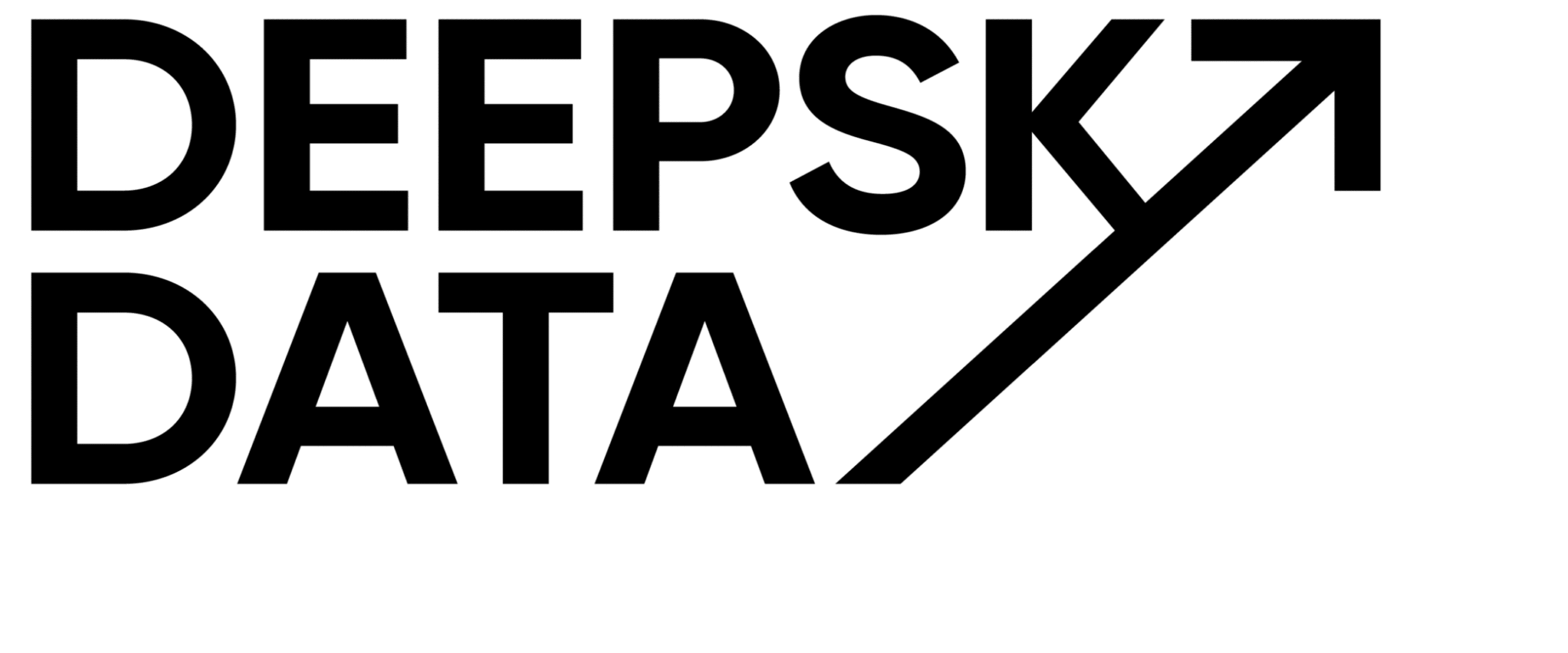No wonder everyone is adding Reverse ETL to their products at the moment
Dear Data-Traveller, please note that this is a Linkedin-Remix.
I posted this content already on Linkedin in April 2022, but I want to make sure it doesn´t get lost in the social network abyss.
For your accessibility-experience and also for our own content backup, we repost the original text here.
Have a look, leave a like if you like it, and join the conversation in the comments if this sparks a thought!
Read this blog post by getcensus first if you want to know what exactly reverse ETL means
Screenshot with comments:

Plain Text:
Reverse ETL projects are pure endorphins projects…
At the moment, it seems that everyone is adding Reverse ETL to their products. I lost a bit of track here: Airbyte (acquiring Grouparoo), Rudderstack, etc…
But let’s stick with the godmothers/godfathers of Reverse ETL, Census, and Hightouch here for now, and more importantly, look at what a typical project can look like. And why it feels so great.
We are currently working on a project where we enrich Hubspot accounts with information from backend systems.
Pull some usage, config, and setup data and write them in custom fields in a Hubspot contact. Doesn’t that sound spectacular? Do not underestimate the opportunity.
With this context, data Marketing and Sales can set up automation around:
– last activity of the account
– the amount of usage (volumes) in the last 30d
– what features are used
– how many team members are active
This can be gold when put into follow-up calls or emails -> Activations, Support & Upgrades.
And it’s not super new. We did some custom projects in the past where we pushed data into Hubspot from backends using their APIs. But it permanently blocked dev resources, and most of these implementations were hardly maintained after deployment.
That’s different with Reverse ETL – it manages the pipeline and the syncs for you.
What you have to do:
– Make sure to have a unique identifier in Hubspot and your backend that can match contacts to backend data
– Write the SQL that lists all aggregated data with the unique identifier (this can be the crunchy part)
– Setup Census or Hightouch account and connect your source and destination
– Set the identifier
– Map the columns to the fields in Hubspot (you might have to create them first)
– Hit sync – that’s it
Coming from month-long data model projects where we end up with a Tableau dashboard as a deliverable, the Reverse ETL projects are like holidays: shorter time but immediate impact.
No wonder everyone is adding Reverse ETL to their products at the moment. I can’t wait to see the Google Sheet reverse ETL function.
If you like to discuss ideas for Reverse ETL projects, write me a message – we are ready to make more marketing and sales teams happy.

